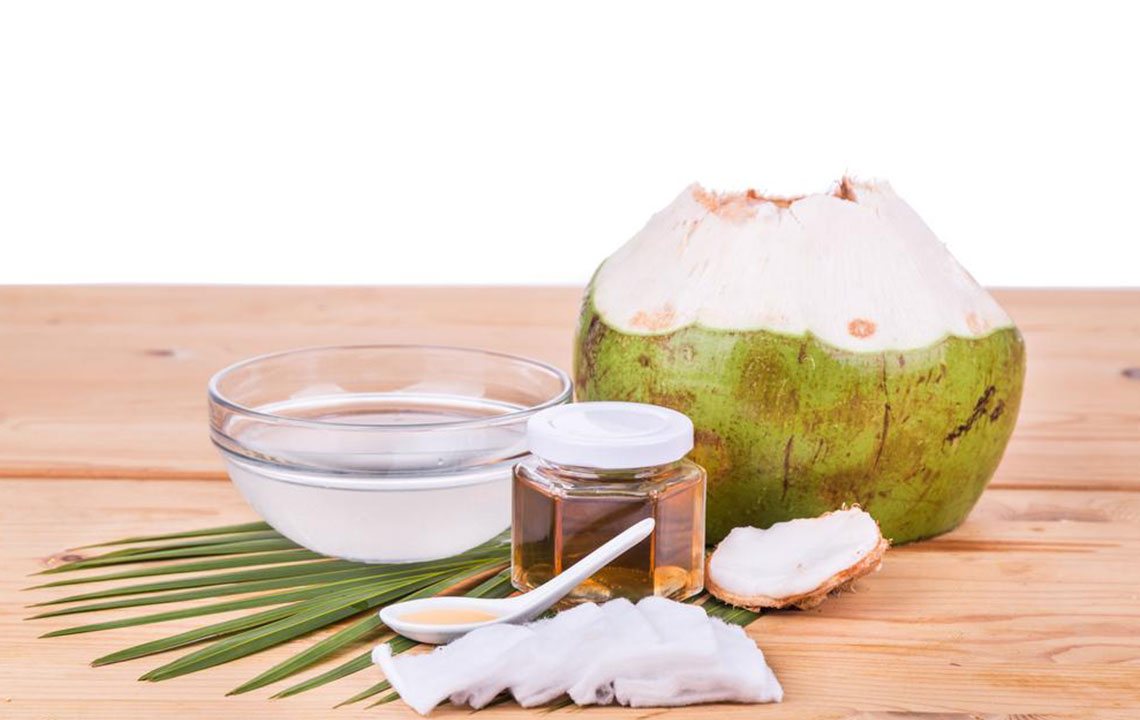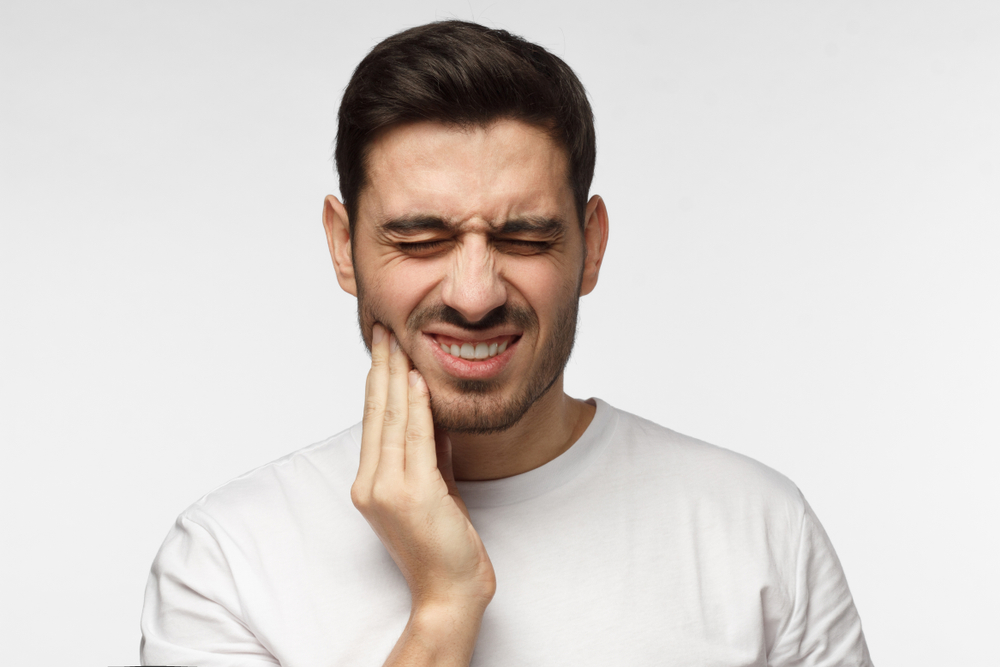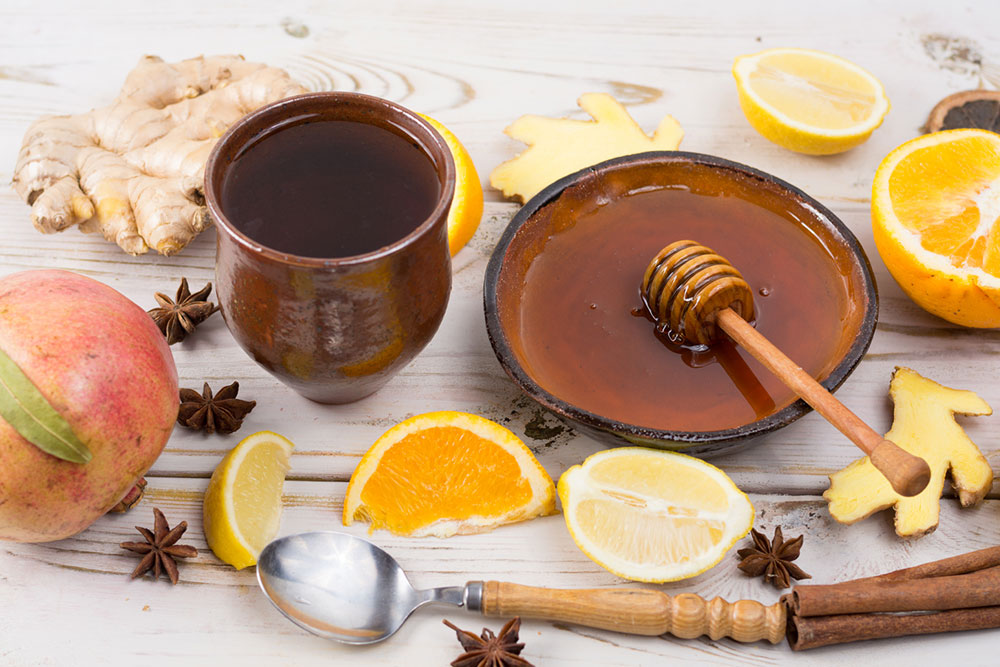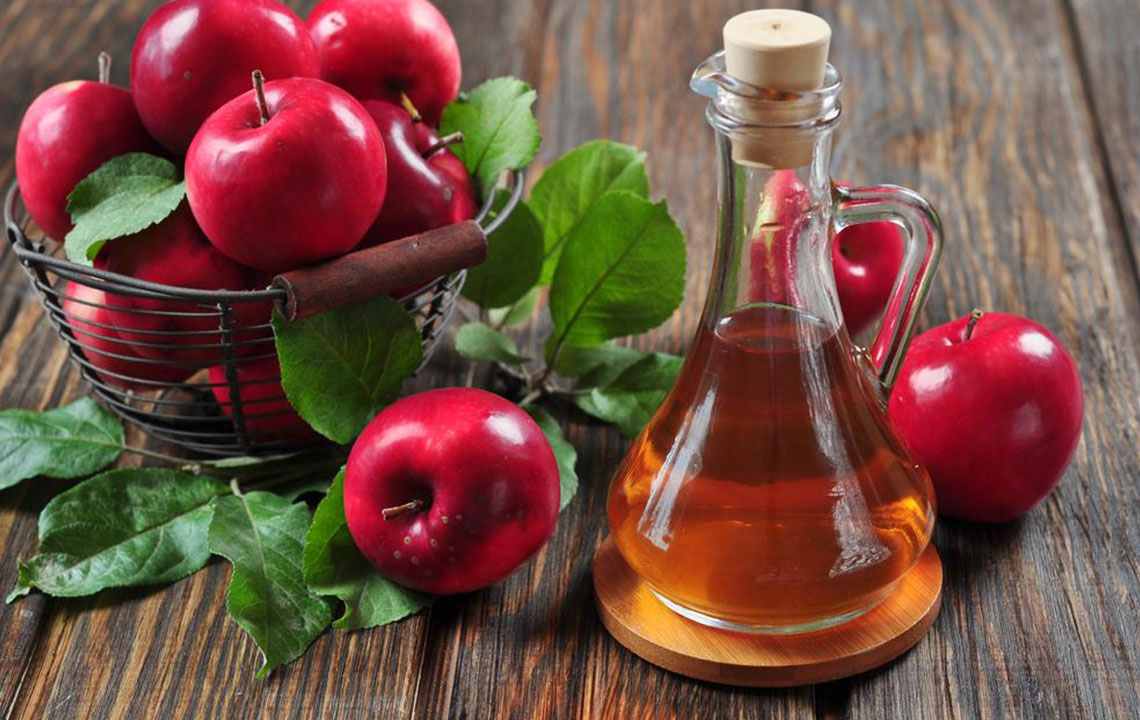Effective Home Remedies and Preventive Tips for Tooth Abscess Relief
This comprehensive guide explores effective home remedies and preventive practices for managing tooth abscesses. It details natural treatments like clove and peppermint oils, saltwater rinses, and garlic, alongside essential dental hygiene tips to prevent infections. Recognizing symptoms early and seeking professional care when necessary is emphasized to avoid severe complications. Maintaining proper oral health through consistent hygiene routines and regular dental visits plays a crucial role in preventing abscess formation, ensuring long-term dental well-being.

Effective Home Remedies and Preventive Strategies for Tooth Abscess Relief
The innermost part of your tooth, known as the pulp, is a soft tissue that plays a crucial role in the development of dentin—the calcified tissue forming the primary structure of your teeth. This pulp is protected by the enamel, the hard outer layer of teeth. An abscess develops when pus accumulates in the tissues surrounding the tooth’s root due to infection, leading to significant pain and swelling. These infections are often the result of bacterial buildup on the tooth’s surface, commonly known as plaque, which can cause cavities and allow bacteria to invade the tooth canal, resulting in abscess formation.
If left untreated, plaque-induced decay can lead to serious infections that spread to the surrounding gums and tissues, forming abscesses that can be both painful and detrimental to oral health. Recognizing the early signs of a tooth abscess is vital for prompt treatment, which can prevent complications and more invasive procedures. This comprehensive guide discusses effective home remedies for alleviating the symptoms and provides essential preventive tips to avoid future infections.
Persistent and severe pain that worsens when chewing or applying pressure to the affected side.
An unpleasant metallic or foul taste in the mouth accompanied by bad breath.
Difficulty fully opening the mouth or experiencing swelling around the gums and face.
Fever, chills, and heightened sensitivity to hot, cold, or sweet foods and drinks.
Visible swelling of the gums, face, or neck, and swollen lymph nodes in the neck.
Intensified pain when lying down, sometimes with pus drainage that emits a foul odor.
While home remedies can provide relief in the initial stages by reducing pain and combating bacterial growth, severe cases require immediate professional dental intervention or surgical procedures to eradicate the infection effectively. Delaying treatment can lead to complications such as tissue destruction, spread of infection, and in extreme cases, systemic illness.
Clove oil: Known for its natural analgesic and antimicrobial properties, applying a small amount of raw or diluted clove oil directly on the gums can significantly reduce bacterial numbers and soothe the pain.
Peppermint oil: Rubbing a few drops of peppermint oil on the affected area provides quick relief from pain due to its mild numbing effect and antimicrobial benefits.
Saltwater rinse: Gargling with warm saltwater is one of the simplest and most effective remedies. It helps decrease inflammation, kills bacteria, and alleviates discomfort.
Oregano oil: Rich in natural antimicrobial compounds, oregano oil, when gently applied around the affected tooth, can help reduce bacterial activity and provide pain relief.
Apple cider vinegar: Dabbing a soaked cotton ball with diluted apple cider vinegar onto the sore area may help diminish pain and inhibit bacterial growth, thanks to its antimicrobial qualities.
Antibiotics: In cases where bacterial infection is severe, antibiotics like amoxicillin or erythromycin are prescribed by dentists to eliminate the bacteria responsible for the abscess. Always consult a dental professional for proper diagnosis and medication.
Garlic: Recognized for its natural antibacterial properties, crushing a garlic clove and directly applying its juice or biting into it can help kill bacteria and promote healing of the affected area.
Preventive Measures: Maintaining excellent oral hygiene is the cornerstone of preventing tooth abscesses. This includes brushing twice daily with fluoride toothpaste, flossing to remove plaque from between teeth, and using an antiseptic mouthwash. Limiting sugary snacks and beverages helps prevent cavity formation, which can lead to abscesses. Regular dental check-ups and cleanings are essential for early detection and intervention. Avoiding tobacco use and smoking is equally important, as these habits promote plaque buildup and impede healing. Additionally, treating dental issues promptly, such as cavities or gum disease, can drastically reduce the risk of abscess development.
In summary, while home remedies can offer relief and aid in early management of tooth abscess symptoms, serious infections necessitate professional dental care. Practicing good oral hygiene and seeking timely treatment are vital steps toward maintaining oral health and preventing painful complications.





